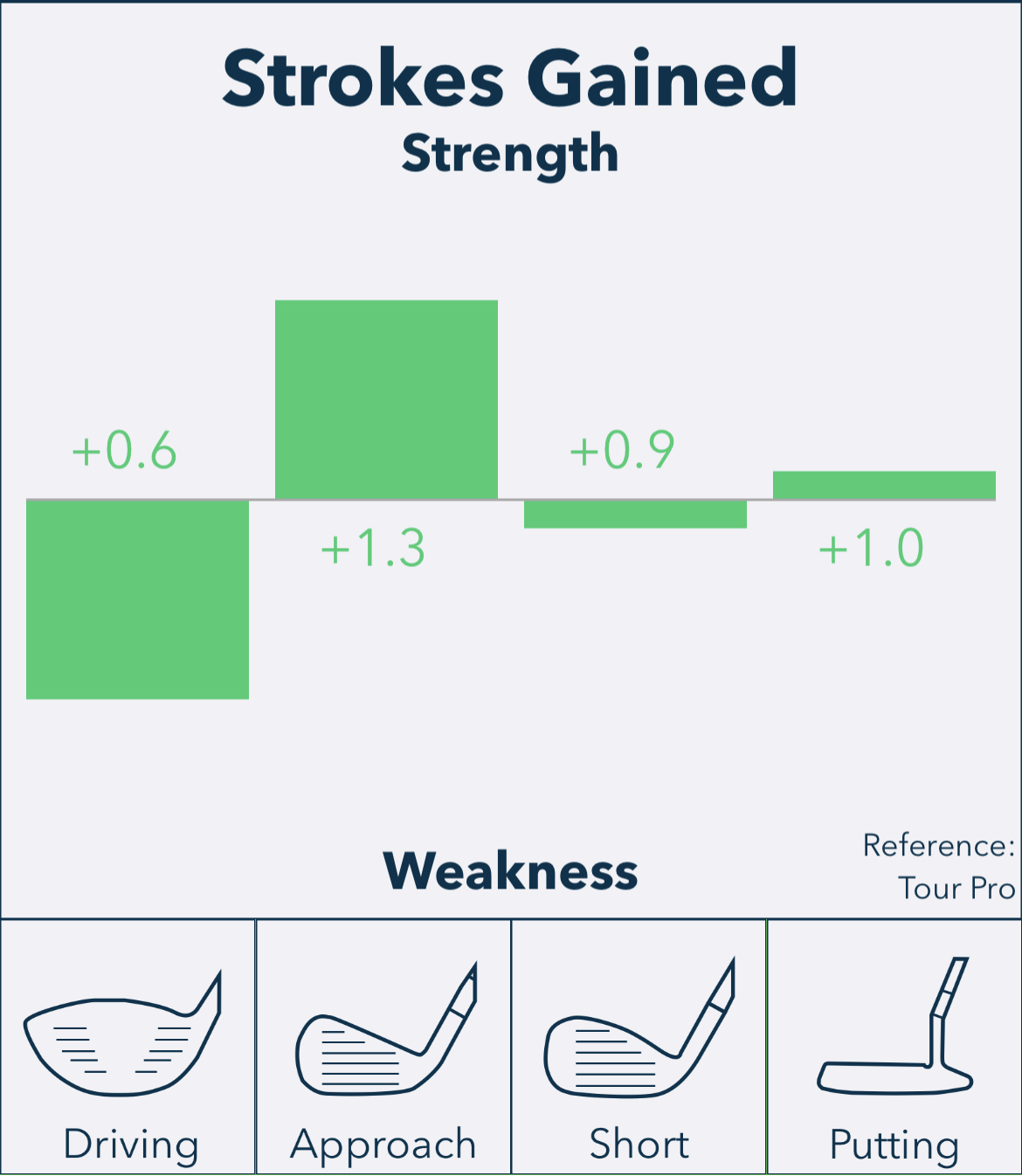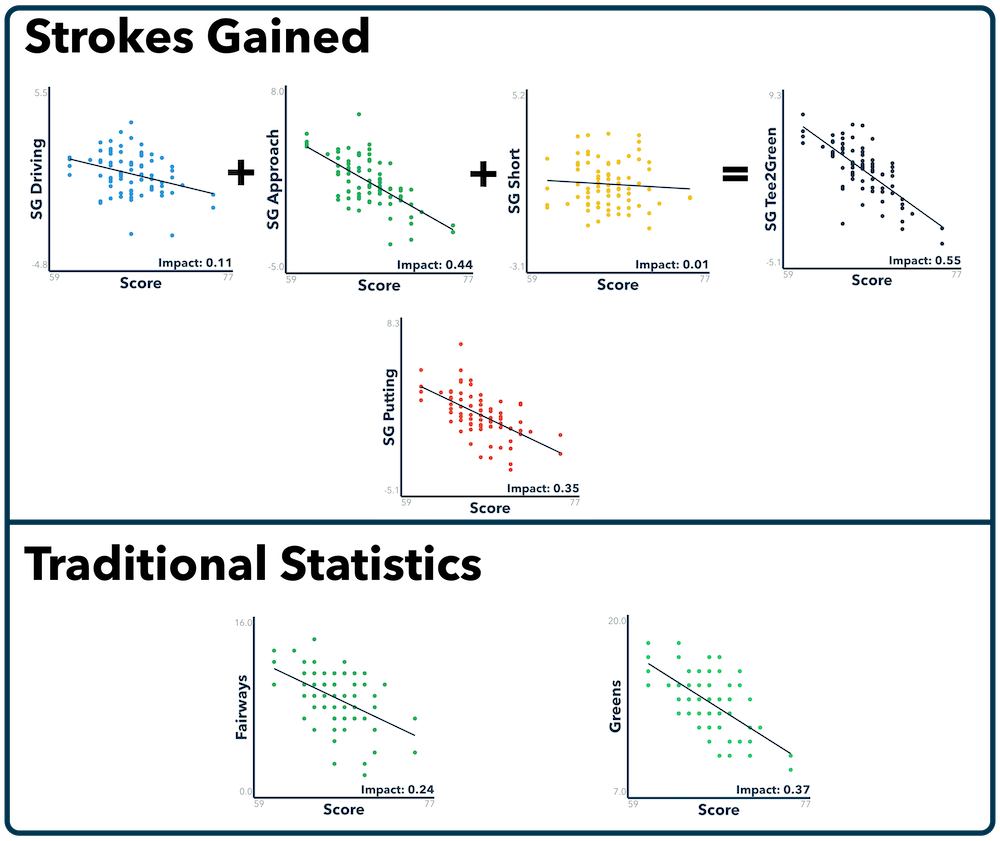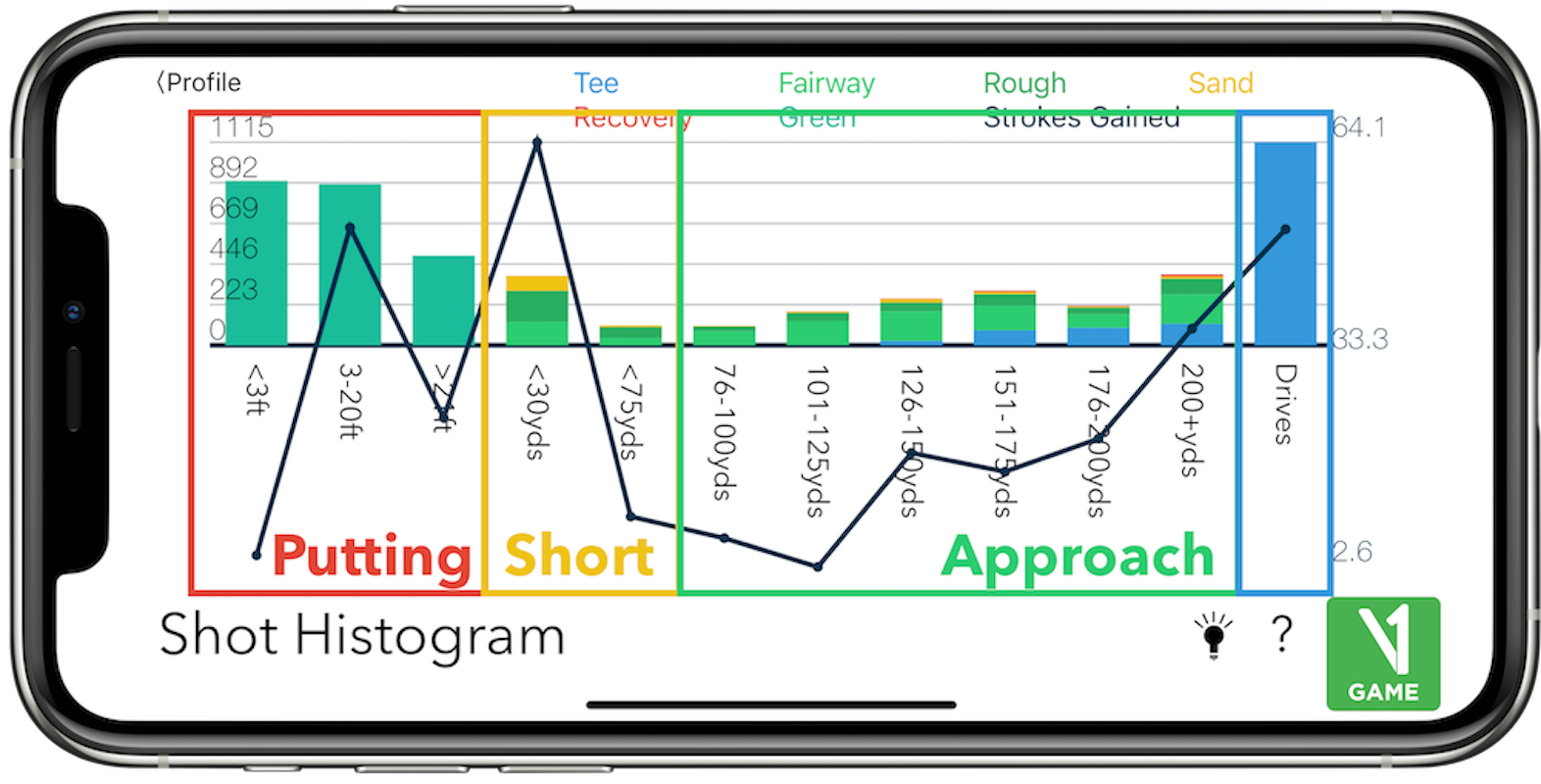Ball Striking: Matt Jones Tames the Bear Trap
The Champion Course at PGA National is notorious for its three-hole stretch from holes 15 to 17 known as “The Bear Trap.” It is typically the player who plays these holes the best who’s able to hoist the trophy at the end of the week. Matt Jones was able to do just that in blustery tough conditions, shooting two-under on the Bear Trap for the week. Sticking to a low, flighted ball flight, Jones separated himself from the field and was able to breathe a little easier late on a Sunday.
So, how did the journeyman find his way to his second PGA Tour victory? Ball striking.

It all starts with avoiding mistakes. In Roundabout, mistakes are defined as three putts, penalties, recovery shots and two chips (taking more than one shot to get on the green from inside 75 yards). These four items are scorecard wreckers for any handicap level and must be avoided to play your best. Jones did a fantastic job of doing just that by avoiding penalties entirely for the week. With water at every corner and blustery winds, he was one of the few that came out dry. However, he did have three 3-putts for the week and Strokes Gained Putting is the only category of the four (Driving, Approach, Short, Putting) in which he did not finish the week in the top 10. Using Roundabout to dive into his putting performance, we see that all of those three putts came from >51ft. Jones demonstrated something telling: PGA Tour pros also struggle from long distance. To his credit, he was still able to gain strokes putting over the week, finishing in the top 25 in Strokes Gained Putting.

Jones put together a solid week in all statistical categories, but the common theme among most PGA Tour winners is ball striking. Matt Jones finished first in Tee2Green, 10th in Driving, seventh in Approach, second in Short Game, and 25th in Putting. Add that combination together and Jones finished in first in Strokes Gained Total and won this week’s event the old-fashioned way.
In Ways to Win, we have now tracked tournament winners for over 20 golf tournaments on the PGA Tour. We can take a look at this data to see commonalities amongst these winners to see which areas are the most important to winning at the highest level. For starters, PGA Tour winners tend to gain the most strokes in approach and putting. That is not entirely surprising as the winner tends to be the player that putted best out of the best ball strikers.

We can take an even deeper look using “Scoring Impact” from Roundabout to see how correlated each area of the game is to PGA Tour winners scores. Scoring impact measures the correlation of a specific statistic (ex. Fairways) to scoring. The higher the ‘impact’ number, the more correlated that statistic is to the player’s score. A perfect correlation would be a value of 1 (or -1) representing that an improvement in that category would directly impact scoring. A value closer to 0 indicates a lesser relationship and that that particular factor does not have as big of an impact on the final score. The below scoring impact graphs show the impact of Strokes Gained factors and more traditional stats such as Fairways and Greens.
In terms of impact on score, the statistics shown are ranked as follows:
- Tee2Green (0.55): Tee2Green is all golf shots not hit from the putting surface or Driving+Approach+Short Game.
- Approach (0.44): All golf shots outside of 75 yards and tee shots on Par 4s/5s.
- Greens in Regulation (0.37): Number of greens hit in Par minus 2 strokes.
- Putting (0.35): All shots from the green
- Fairways (0.24): Number of Fairways hit from the tee box on the first shot.
- Driving (0.11): Strokes gained for tee shots on par 4s and par 5s
- Short Game (0.01): Strokes gained performance on shots <75 yards.

The two biggest takeaways from that list are:
- Tee2Green performance dominates scoring potential. More specifically, Approach performance.
- Traditional stats are not enough to guide improvements for a golfer.
Now this data is for PGA Tour players. The statistics will vary by individual. For example, if you tend to make many penalties off of the tee box, then likely driving will have a higher impact on overall score. Similarly, if you tend to three putt, then putting will likely increase in importance. It is important to know what areas of your game to work on.
One datapoint that may be surprising from the PGA Tour winners is just how low short game correlation is to overall scoring. How can short game be so insignificant?
In order for short game to have a large impact on scoring, the player needs to have a significant amount of short game shots. The reality is that PGA Tour pros (especially those that win) do not often miss greens, averaging somewhere between 13-15 greens per round. Also, PGA Tour pros tend to play very long courses, where it is difficult to drive to within 75 yards of the green. Using the Shot Histogram from Roundabout, we can see just how often these 20 PGA Tour winners have specific types of shots and from this we can see that short game is the least populated bucket with the least amount of opportunities to gain or lose strokes.

This distribution of shots will be different for an amateur golfer and would likely have many more short game opportunities. Knowing what to practice and being able to measure progress is the first step to finding your inner Matt Jones. The next step is finding the nerve to patiently play to your strengths when faced with the type of adversity that the Bear Trap can bring. If you want to play like the pros or just break 90 for the first time, advanced analysis from Roundabout can get you there. As the last few weeks on the PGA Tour have shown there is more than one way to get the job done, but it all starts with ball striking.
Download Roundabout in the app store today and start tracking your golf performance like the pros.
Download the Roundabout App Today


